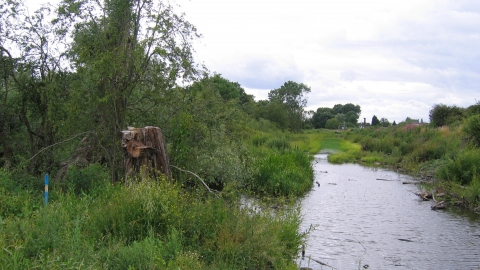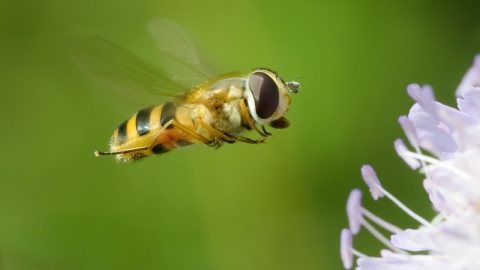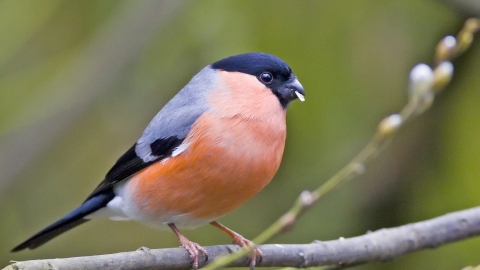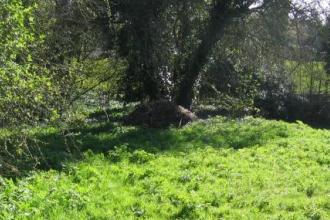
Barton pool, Derbyshire Wildlife Trust

Hoverfly, Natural Diversity via Flickr

Bullfinch, Damian Waters
Barton Pool
It is important for its insects, especially hoverflies and its old pollard willows.
Location
Know before you go
Dogs
except for assistance dogs
When to visit
Opening times
Open at all timesBest time to visit
Spring/summer for insects and unusual plants. Winter for wildfowl and birds.About the reserve
Next to the busy commuter line between Long Eaton and Nottingham, this small wetland reserve is overlooked by hundreds of commuters every day. Yet the railway embankment itself is included within the reserve's boundaries, and this small area provides a safe haven for many unusual plants. The areas of fen support a range of plant species; among them are greater pond sedge, greater yellowcress, reedmace and soft rush. In mid-summer gipsywort can be found, alongside fine-leaved water dropwort, another rare species for the county. The wetland is very important for invertebrates including hoverflies, while the boundary holds many mature trees including old pollard willows, which provide refuge for a range of birds

